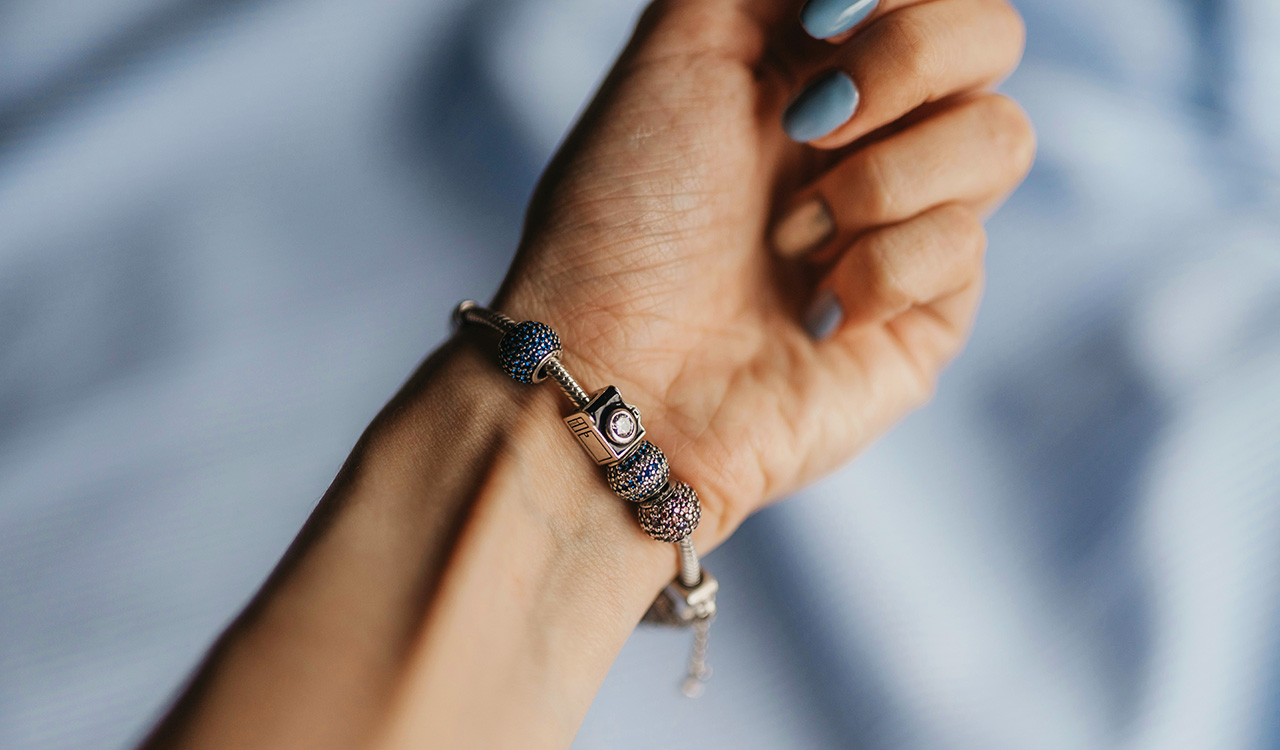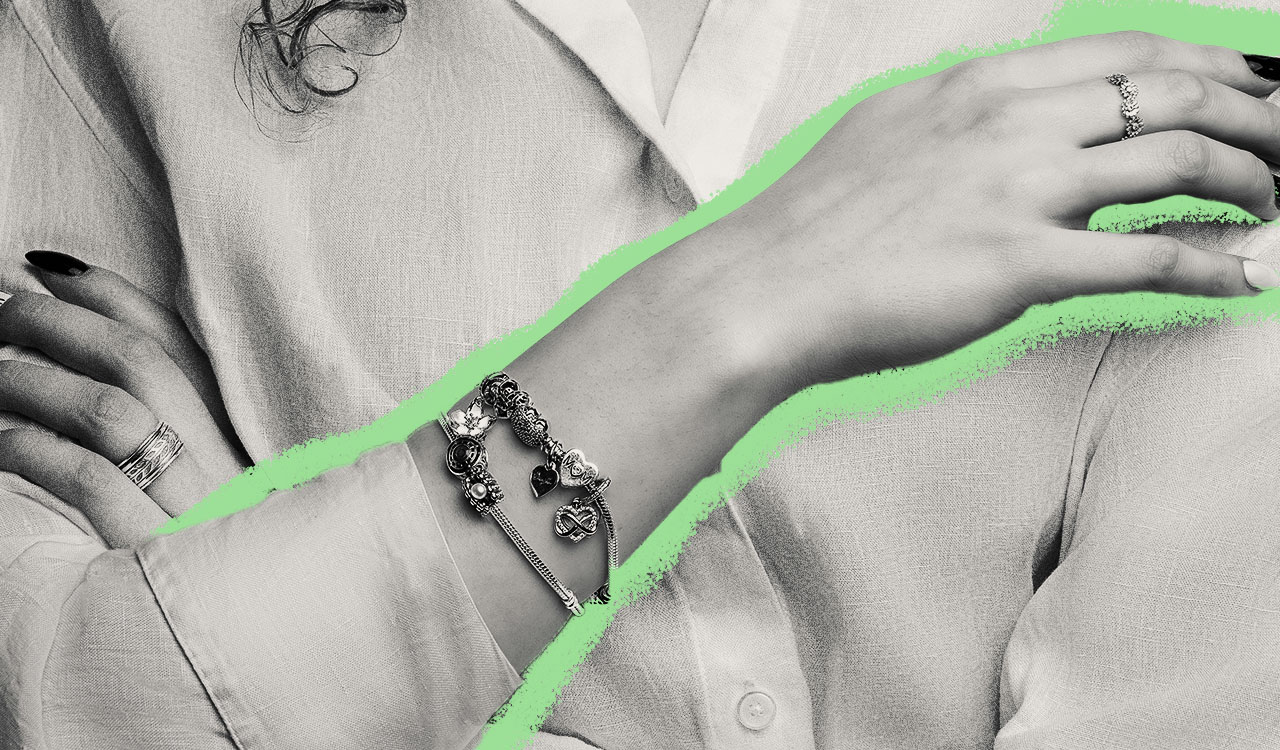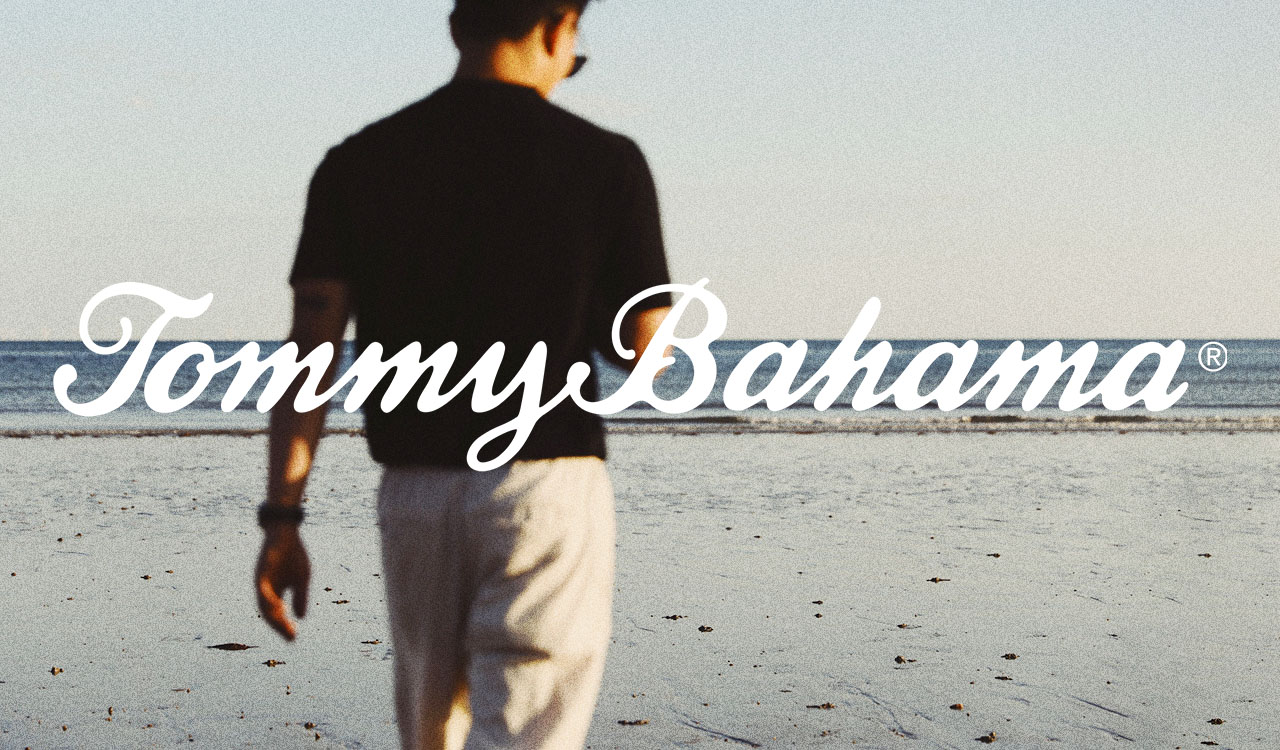Author
Pam Danziger

I always wanted to be a mystery writer following in the footsteps of Agatha Christie, Dorothy Sayers, Josephine Tey, Ellis Peters, Ngaio Marsh and Elizabeth George. A love of reading caused me to pursue an undergraduate degree in English Literature, then life got in the way after I began my graduate studies, so I took a break.
A decade of managing information centers for three companies followed, then a lateral shift into market research and setting up my company, Unity Marketing, to help unite marketers with their target customers through research information. That caused me to focus on the affluent consumers who generate over 60 percent of all spending, and the luxury market, which is largely their exclusive province.
More
Long story short, this led to my work with Robin Lewis and The Robin Report. Endlessly curious, I use a detective’s Means, Motive and Opportunity approach to solve the market mystery by collecting clues from interviews with subjects and conducting formal research. Then, I delight in weaving a story together to inform our readers so they can profit from the learning.
In my spare time, I write books, including Why People Buy Things They Don’t Need, Putting the Luxury Back In Luxury, Shops that POP! and my latest with co-author Ken Rohl, The Corporateneur Plan: Your Roadmap from Midcareer Professional to Entrepreneur. It’s reached Amazon best-seller status in Business Mentoring and Coaching, Self-Employment and Knowledge Capital– something I’m especially proud of – and it gets honorable mention in Free Enterprise and Capitalism too.
Paco is author of multiple global bestselling books – including Why We Buy: The Science of Shopping published in 27 languages and used in design schools and MBA programs all over the world. Other books include Call of the Mall, What Women Want, and How We Eat – The Brave New World of Food and Drink.







